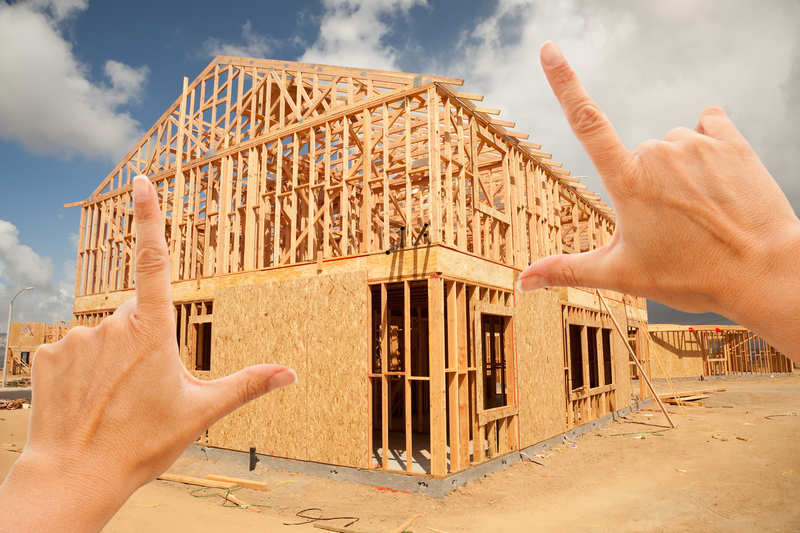There’s more than a sliver of truth to the old saying, ‘the only thing constant is change.’ As a mortgage broker, I make it a point to get this same sentiment across to my clients. Because whether you plan to buy a home in a remote area for retirement or enjoy a more suburban lifestyle, at some point provincial and community growth will impact your future home.
When we buy a property we tend to see it for what it is today, but we rarely spend time assessing what it’s likely to become tomorrow. Even the most remote areas will eventually see an impact from construction, and, for better or worse, this community growth will in turn impact your home.
A timely example of a neighbourhood whose growth has caused massive and unforeseen changes (and disruptions) to its present homeowners is The Cambie Corridor. I discuss the project at more length in another post, but essentially it is going to be a complete overhaul of the 19-km line of the Cambie Corridor from 16th Avenue to the Fraser River, just south of SW Marine Drive, and running from Oak to Ontario Street.
While I imagine in the end local homeowners are going to be more than pleasantly surprised by the outcome of this hugely ambitious makeover, it’s unlikely those who bought here even a few years ago were expecting this level of awakening. Added to that, a number of issues have arisen in the meantime, as the years-long construction lurches forward.
Global News ran an article about The Cambie Corridor just last year. In it, the news channel described a massive problem with squatters taking over empty homes sold to developers as “a nasty consequence of Vancouver’s rush to redevelop aging neighbourhoods.” As entire neighbourhoods in the Cambie Corridor were and still are awaiting demolition to make room for new, more urban developments, this once residential community of single-family homes is now a ghost town. Added to that have been reports of rampant crime as looters go through abandoned homes, leaving those who are left to deal with the mess.
By no means unique to the Cambie Corridor, this same Global article points out that vacant homes are being seen along virtually every major arterial road in Vancouver. But even still, most homeowners in the area seem more than willing to put up with four years of disruption knowing that the outcome will be a dramatic and (hopefully) positive change that includes a significant increase in home value.
Despite financial benefits arising from change like this, it does not negate the fact that these are changes the homeowners who initially bought in the area likely didn’t see coming. If it’s a residential neighbourhood of single-family detached homes that you were after when you moved into the Cambie Corridor 6 years ago, what you’re going to end up with is looking to be more like a Vancouver version of SoHo.
Construction can impact your home in numerous ways however. Not just noise and dust, but cracks or fissures can arise as a result from drilling and excavating. In the end, your view may not be the only thing affected once the project is complete either. An article recently featured in the CTV news cited residents of Colwood who claim that blasting from a nearby construction site is causing major damage to their homes. One went so far as to compare it to living in a “war zone” after the foundation of her home suffered significant damage.
Another example of a city that has experienced massive provincial and community growth is the city of Langford on the southern slice of Vancouver Island. Back in 2012 Statscan released census data on community and municipal growth and a flurry of articles followed. One that caught my eye talked about a growth spurt along West Shore urban centres in Victoria that, when the data came out four years ago, were growing seven times faster than the downtown core. Langford’s population alone had ballooned by 30 per cent — that’s more than 10,000 people in a decade. For a city whose population currently hovers just under 30,000, that is a tectonic shift.
While there is little you can do to stop development and change from happening once the wheels are in motion, it’s important to consider what is truly important to you when buying a home and do your research accordingly. One thing I wish I had done before purchasing my first home was to have a look at the municipality’s planning website. It is a smart move that could save you a lot of time, research, and possibly heartache. For those who are interested, you can have a look here at the city of Vancouver’s website under major planning projects.
It is always better to know what you are signing up for than to be taken off guard.





